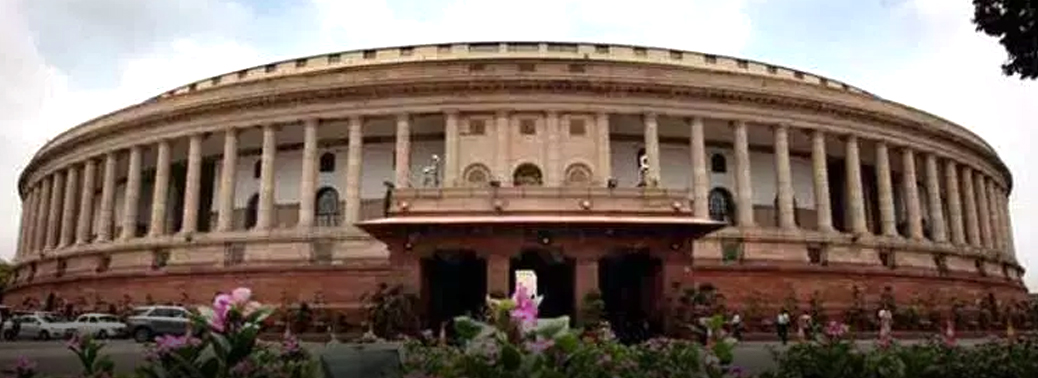WHAT IS A WHIP? WHAT DOES IT DO?
20, Jul 2019

Prelims level : Polity- Parliament; State Legislature
Mains level : GS-II- Parliament and state legislatures - structure, functioning, conduct of business, powers & privileges and issues arising out of these.
What is a WHIP?
- A whip in parliamentary parlance is a written order that party members be present for an important vote, or that they vote only in a particular way.
- The term is derived from the old British practice of “whipping in” lawmakers to follow the party line.
- In India all parties can issue a whip to their members.
- Parties appoint a senior member from among their House contingents to issue whips — this member is called a Chief Whip, and he/she is assisted by additional Whips.
Kinds of WHIPS:
- The importance of a whip can be inferred from the number of times an order is underlined.
- A one-line whip, underlined once, is usually issued to inform party members of a vote, and allows them to abstain in case they decide not to follow the party line.
- A two-line whip directs them to be present during the vote.
- A three-line whip is the strongest, employed on important occasions such as the second reading of a Bill or a no-confidence motion, and places an obligation on members to toe the party line.
Defiance of WHIP:
- The penalty for defying a whip varies from country to country.
- In the UK, MPs can lose membership of the party, but can keep their House seats as Independents.
- In India, rebelling against a three-line whip can put a lawmaker’s membership of the House at risk. The anti-defection law allows the Speaker/Chairperson to disqualify such a member
- The only exception is when more than a third of legislators vote against a directive, effectively splitting the party.






